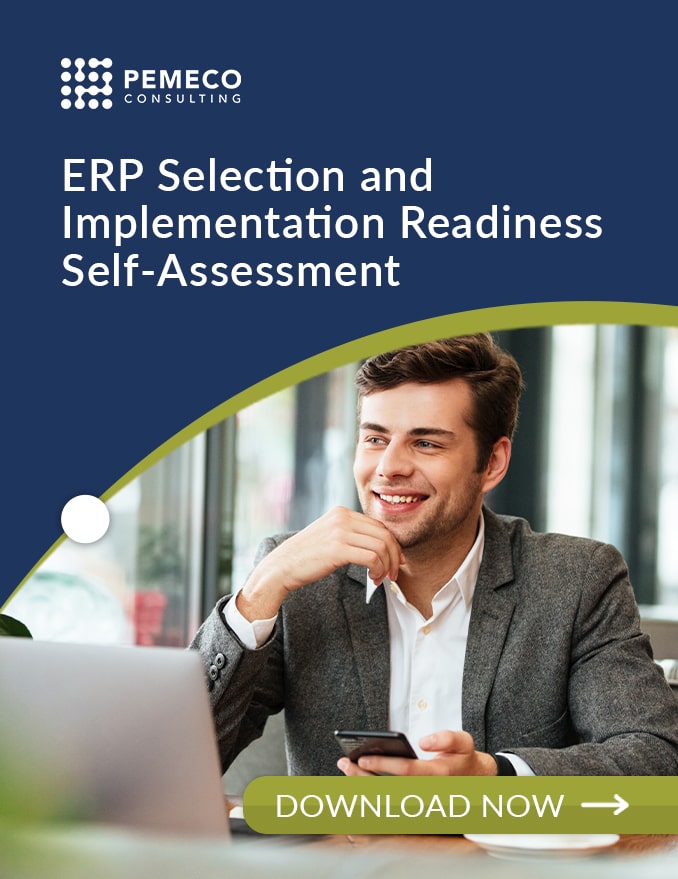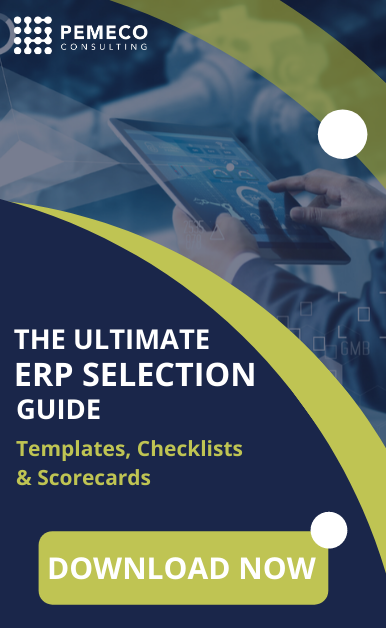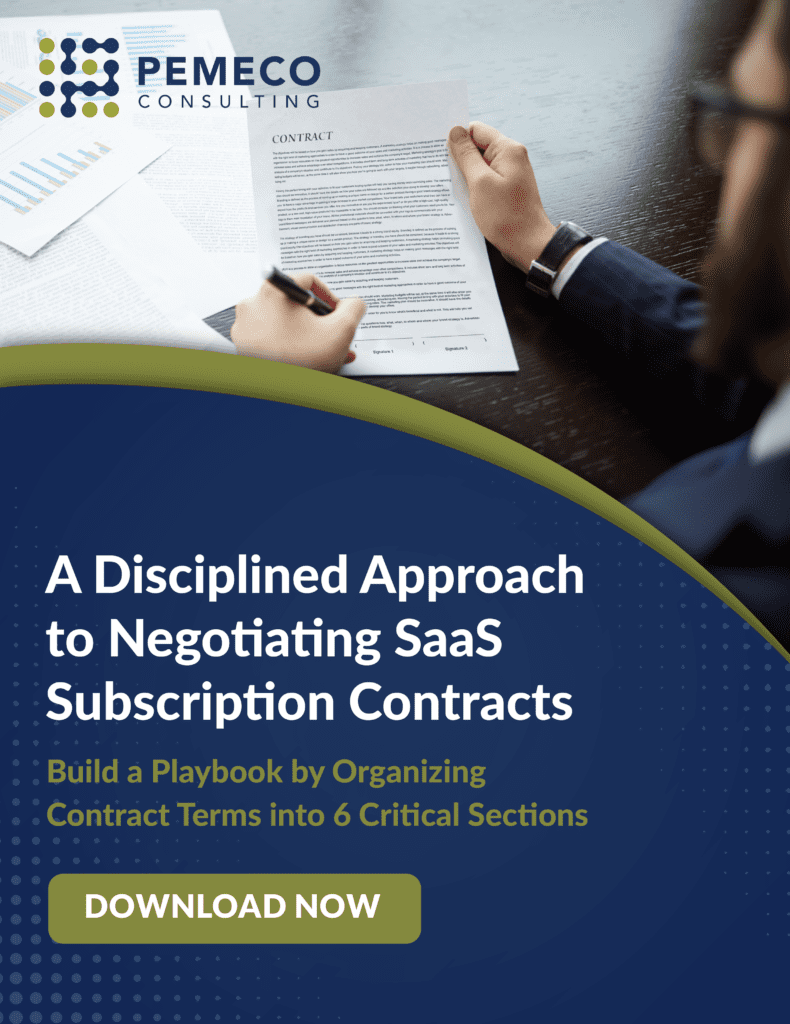In 2011, we largely focused our written content on ERP selection and ERP implementation best-practices. In the context of an ERP system’s lifecycle, these phases represent an organization’s platform and preparation for enhanced business value. The delivery of actual business value – and return on ERP investment – happens later on in an ERP system’s lifecycle, during the post-implementation optimization phase.
It’s during post-implementation optimization where organizations should be looking to leverage ERP-driven benefits of integration, transparency and automation. The following graph shows a fairly typical scenario for a high performing organization that’s committed to post-implementation optimization.
[image]
The benefits first start to accrue once the organization successfully integrates the system into its business processes. This happens when the users finally accept, adopt and become comfortable with the new, ERP-supported business processes. From that point onward, these best-in-class organizations accelerate benefits realization as they continuously review, revise and improve their business processes (leveraging, of course, their ERP system capabilities).
Although most companies never experience the steep part of the value realization curve, almost all are capable of doing so – provided that they’ve successfully implemented ERP.
Of course, the obvious questions are: how does an organization do so? And, where should it start? To answer the first question, a business has to focus on continuous improvement. That means constantly benchmarking performance, setting new goals, driving improvements and evaluating performance. The second question is answered below.
[image]
Benchmarking Performance – What You Need to Get Started
To plot a path to a better state of being, you need two pieces of information: a starting point and an ending point. The starting point is an understanding of current performance. How much do you lose on obsolete inventory? What percentage of your orders are shipped on time? What is your current defect rate? How long does it take you to close your books? Values like these will act as baseline benchmarks. When choosing benchmark indicators, you should pick those that drive strategic and operational goals.
How should you go about measuring the values? Start with a set of business process maps that accurately reflect business functions. If you’ve recently completed an ERP implementation, you should have a set of fairly accurate process maps. If you don’t have an accurate set of process maps, make them. These documents are indispensable to this type of continuous improvement project.
With the maps in-hand, quantify the key baseline metrics on a process-by-process basis. In all likelihood you’ll need to analyze key financial data and interview key users to get the data you require.
Goal Setting – Modeling Improved Business Processes
With the starting point set, your next task is to figure out what the future value looks like. To get started, you’ll need the following:
- Strategic and operational targets
- Business process maps
- Baseline metrics
If management hasn’t formally articulated and quantified strategic and operating targets, it will need to do so. Once completed, the project falls back on your plate. You’ll need to figure out how business processes can be reshaped to drive the identified goals. How? By studying the process maps, learning the ERP system’s capabilities and interviewing key users, all with a view to making operations more efficient and effective. Can you reduce the number of procedures in a given process? Can certain manual tasks be automated? As you model the improved business, you should project the value of the improvements.
Planning and Execution
Your next task is to find the easiest, cheapest, fastest and least disruptive way to implement the changes. You’ll need to create a project plan that accounts for cost, schedule and resource requirements. As with any project that involves change, we strongly suggest that you first secure buy-in from key stakeholders and senior management.
Thereafter, it’s up to you and your team to execute the proposed plan. As the plan is implemented, it’s important that the process maps be revised to reflected ongoing changes.
Performance Evaluation – A Measure of ERP-Enabled Value
At the conclusion of the project, your task is to quantify the processes and measure them against the benchmarks. The difference yields the incremental business value resulting from post-implementation optimization efforts.
At this point, the project has come full-circle. The revised process maps and resulting performance indicators become the benchmark against which the next set of improvement projects are measured.
At Pemeco Consulting, we help organizations extract significant value from their ERP implementations, through any combination of benchmarking, planning, execution and measurement. Contact us to learn how we might be able to help your business optimize its post-implementation performance.
Want to avoid ERP implementation failure?
Download The CIO’s Guide to Preventing ERP Implementation Failure.







